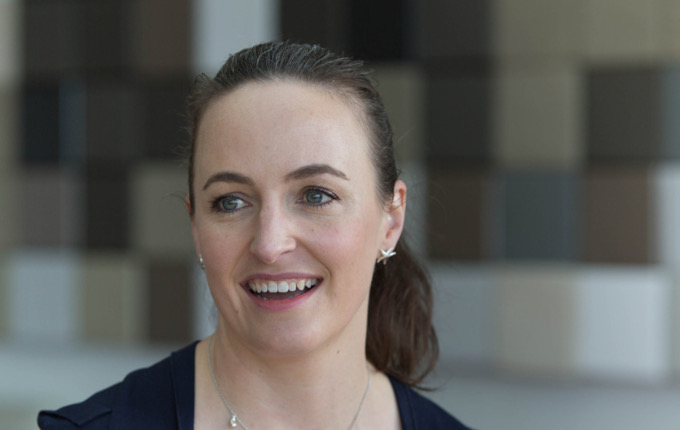Balancing Family and Work
Today’s world is one in which gender equality is a topical issue and young women face the challenge of combining a high-powered job with raising a young family. Not so for Miriam Patterson.
Patterson comes across as a young woman who has skillfully navigated her fiduciary duties, investing hundreds of millions on behalf of TelstraSuper members while also bring up three children, aged from 16 months to six.
Her first child arrived two years after she started at TelstraSuper. “I did take six months of continuous maternity leave then, but I returned to work two weeks after the birth of my subsequent two children,” she says.
Fortunately, her employer was accommodating, trusting her with both her autonomy and her discretion on how she managed her time.
Patterson had a flexible working arrangement, allowing some days working from home to gradually take up her three-month leave entitlement over a nine month period.
“I was able to control my calendar and put all my meetings to those days when I was in the office, then work from home on other days,” she says.
Patterson relies on a nanny, who she describes as her “bedrock”, and a very supportive husband who works full-time as a consultant.
“He truly does 50 per cent of the household chores,” she says. “You know how often women say they end up taking on a larger portion of the work at home.”
Patterson acknowledges that everyone’s personal circumstances are different. “But,” she says, “you can thrive in the investment industry and also have a family if you are determined and have the right support structures around you, both at home and at work.”



